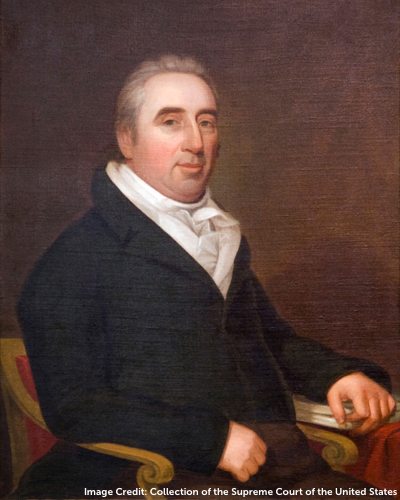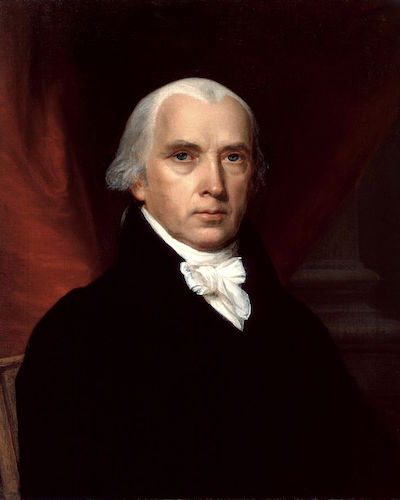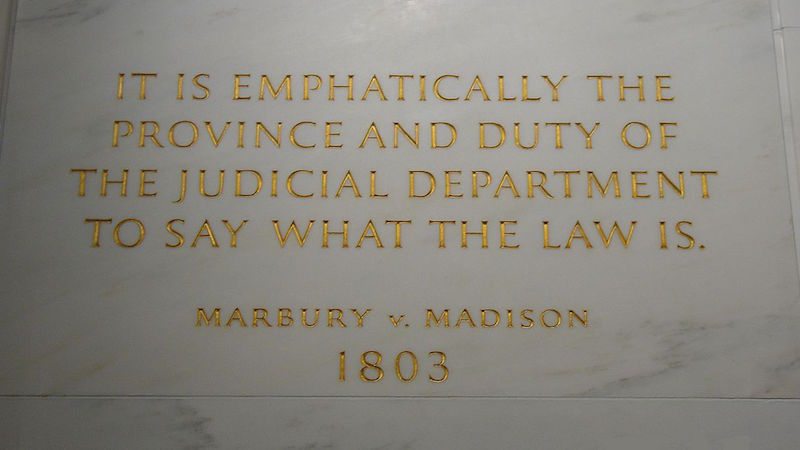Marbury v. Madison
Episode #3 of the course “Trials that shaped the modern world”
Although the United States of America ratified its Constitution in 1789, the powers of the branches of the federal government remained in flux. The landmark case of Marbury vs. Madison established the US Supreme Court as final arbiter and enforcer of the Constitution, setting a precedent for the limited power structure of all American government.
In 1801, an election that brought in a new president and Congress set the young country up for a somewhat tense exchange of power between its second president, John Adams, and its third president, Thomas Jefferson. The two men held staunchly opposed political ideologies, and Adams made a last-ditch attempt to maintain control as he left office.
One of Adams’ final acts as president issued an order appointing William Marbury as Justice of the Peace. Approved by Adams’ Senate, the order was not delivered before Adams left office. President Jefferson considered the appointment invalid and ordered his new Secretary of State, James Madison, not to issue Marbury’s commission. So, Marbury sued the Secretary of State to make him deliver, requesting the US Supreme Court enforce the appointment. Marbury created a power stand-off between the judicial and legislative branches. The essential questions in the lawsuit became: could Congress or the executive branch issue orders to the Supreme Court? To whom did the judicial branch answer?

William Marbury

James Madison
When the US Supreme Court under Chief Justice John Marshall issued the ruling in 1803, it created shockwaves around the world. The ruling declared that it was the Supreme Court’s duty to uphold the US Constitution, and the Court’s ultimate loyalty and responsibility was to Constitutional law. Therefore, Congress could neither give nor take judicial jurisdiction, and Congress could not issue any law that was unconstitutional.
With this landmark decision, the US Supreme Court established the limits of its own powers, as well as the limits on power for other federal government branches beyond the limits explicitly stated in the Constitution.
Recommended book
“Supreme Court Decisions” by Richard Beeman
Share with friends

